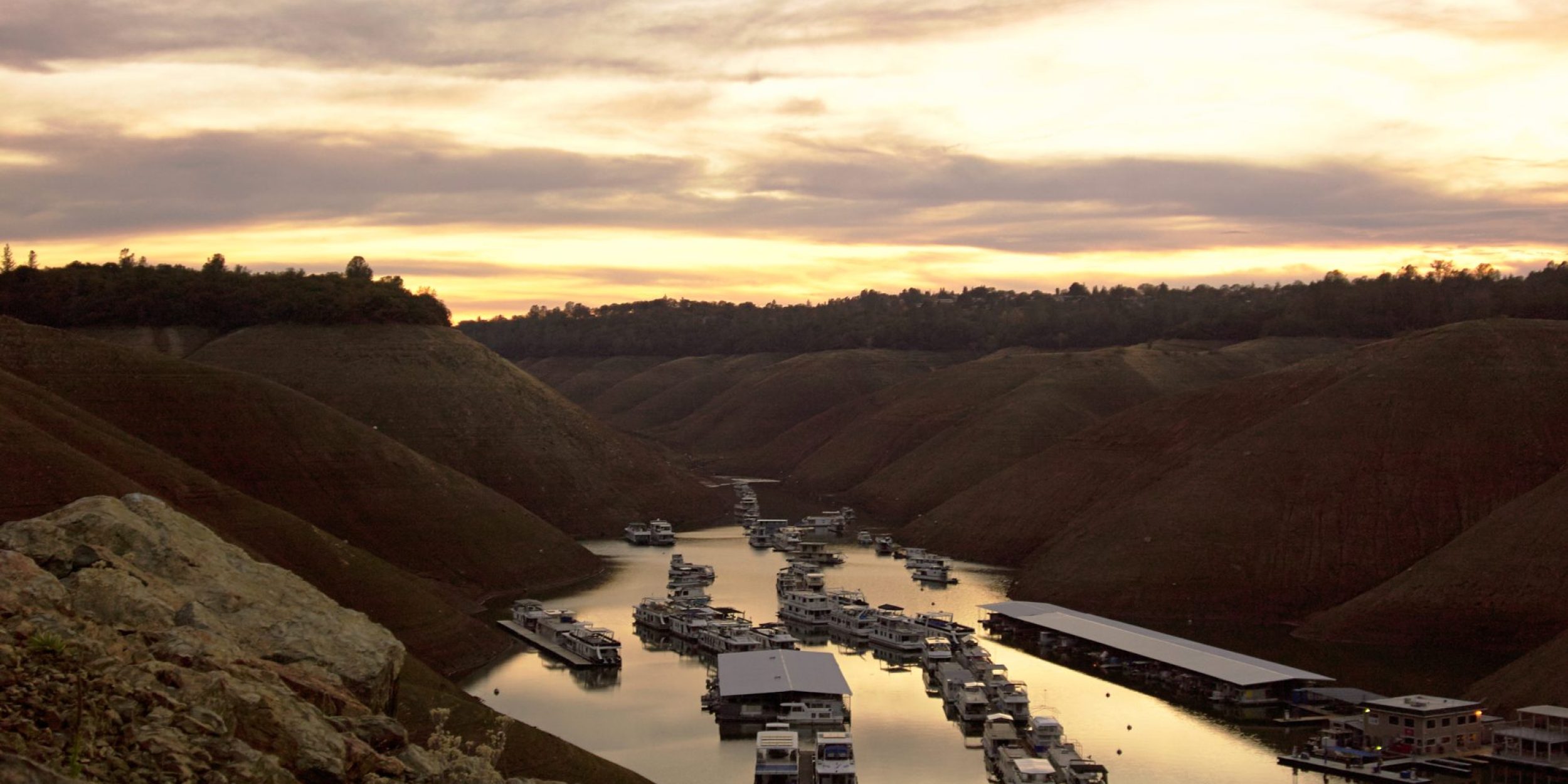New NOAA-funded research in the Journal of Climate 

Previous research has attributed the ridges to natural variability of sea surface temperatures or tropical circulation, but scientists have yet to determine what in particular played a key role in causing the ridges. Haiyan Teng and Grant Branstator, with the National Center for Atmospheric Research, aimed to investigate whether these west coast high-pressure ridges were a result of natural atmospheric variability that is sometimes triggered by warming in the tropics. Using model simulations, the authors found that the west coast ridges are one phase of a natural long-wave circulation pattern in the upper troposphere (the lowest layer of the atmosphere). In addition, they found that warming in tropical regions that does not depend on ENSO can spark responses such as these extreme west coast ridges. Importantly, the scientists’ results provide an additional source of predictability that could help improve drought forecasts.
This research was funded, in part, by the NOAA Office of Oceanic and Atmospheric Research Climate Program Office’s Modeling, Analysis, Predictions, and Projections Program as part of its Drought Task Force research activities.
View the paper: http://journals.ametsoc.org/doi/pdf/10.1175/JCLI-D-16-0524.1


Climate Program Office
Advancing scientific understanding of climate, improving society’s ability to plan and respond




Climate Program Office
Advancing scientific understanding of climate, improving society’s ability to plan and respond
Scroll to Top

